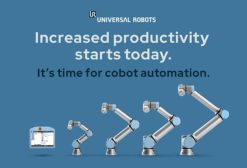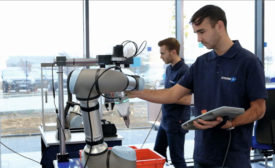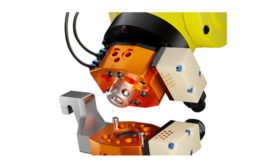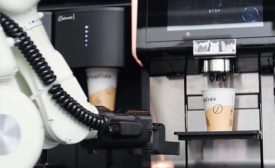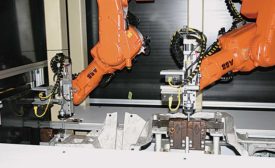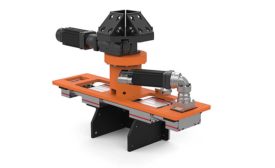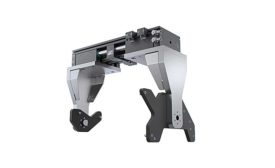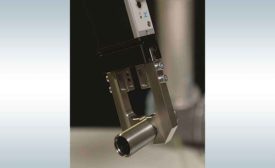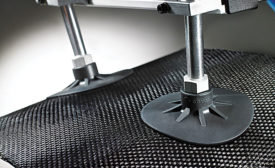Home » Keywords: » robot end-effectors
Items Tagged with 'robot end-effectors'
ARTICLES
What’s New With Robot End-Effectors
Equipment suppliers, and integrators, increasingly offer smart end-effectors for cobots, multi-part handling and IIOT applications
December 3, 2019
Maximize the Benefits of Custom Automated Material Handling Systems
Open communication and strict adherence to satisfying the needs of the application are the keys to creating custom automation systems
October 7, 2019
Grippers for Large Parts
Bulkier payloads are spurring demand for heavy-duty grippers.
December 11, 2018
Grippers for Small Parts
Grabbing, moving and placing tiny parts is no problem—with the right gripper or cup.
December 8, 2017
Vacuum Grippers Reliably Handle Parts
Suction cups, modular interfaces and specialty grippers reliably handle parts of all shapes and sizes
December 1, 2016
Get our new eMagazine delivered to your inbox every month.
Stay in the know on the latest assembly trends.
SUBSCRIBE TODAY!Copyright ©2024. All Rights Reserved BNP Media.
Design, CMS, Hosting & Web Development :: ePublishing
